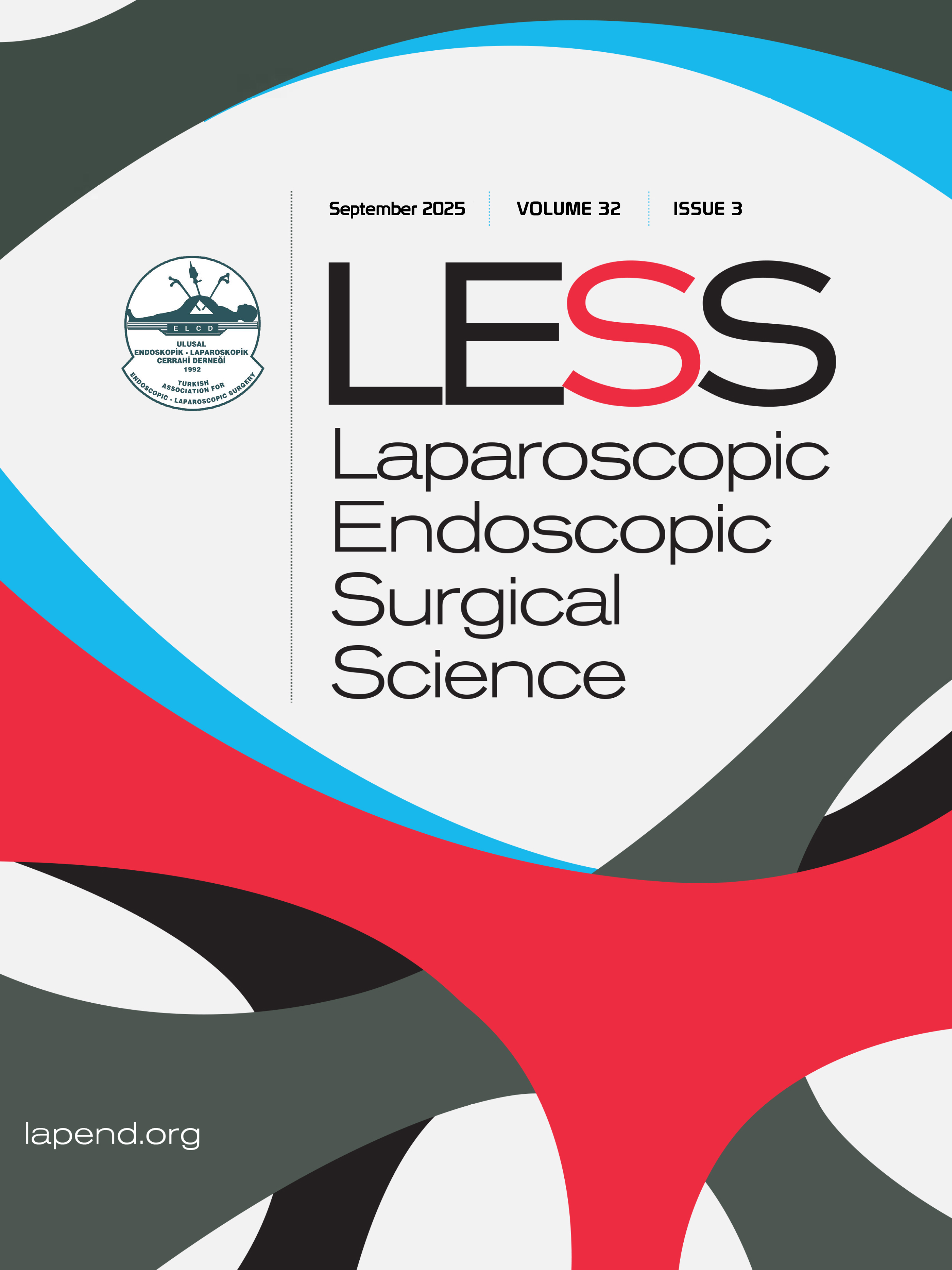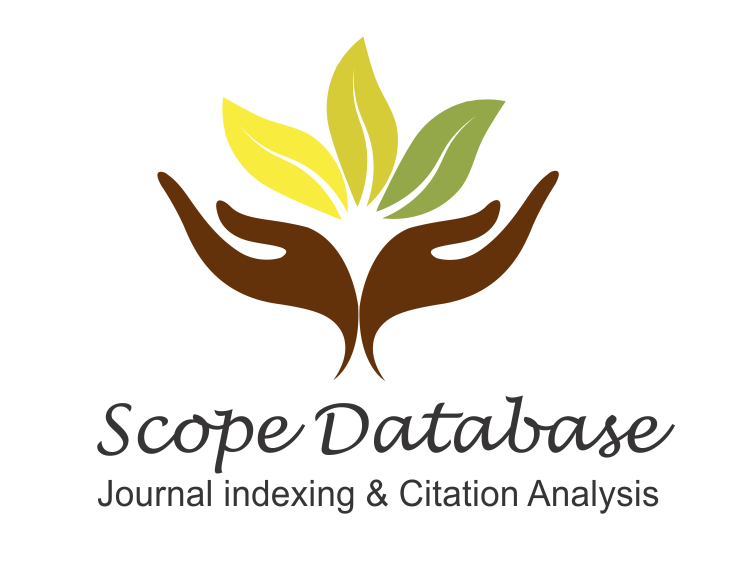Comparison between laparoscopic and conventional technique in the surgical treatment of choledocholithiasis
Mehmet Can Aydın1, Servet Rüştü Karahan2, Emin Kose21Department of General Surgery, İnönü University, Malatya, Turkey2Department of General Surgery, University of Health Science Prof.Dr. Cemil Taşçıoğlu State Hospital, Istanbul, Turkey
INTRODUCTION: The aim of the study is to compare f conventional and laparoscopic techniques in common bile duct exploration in terms of efficacy and safety.
METHODS: The data of 280 patients who underwent surgical procedure for common bile duct stones between January 2011 and December 2016 were retrospectively analyzed. This was an Ethics Committee-approved retrospective analysis of data between 2011 and 2016. The patients were divided into two groups according to the common bile duct exploration technique: laparoscopic (Group 1, 164 patients)
and conventional (Group 2, 116 patients). The two groups were compared in terms of surgical findings and short-term results.
RESULTS: 170 (60.7%) of the patients were women. The mean age was 61.9±16.9 years. Clinical results showed that the operative time (120±35.9 vs 169±48.4 minutes, p<0.01) and hospital stay (6.3±3.9 vs 10.9±6.8 days, p<0.01) were shorter in Group 1; overall morbidity (9% vs 24%, p<0.01) and mortality rates (1.2% vs 6%, p<0.03) were lower. Postoperative endoscopic sphincterotomy requirement was less (7% vs 18.1%, p <0.01). In addition, in Group 1, there was a higher rate of stone clearance (93.9% vs 82.8%, p<0.01) with a lower rate
of wound infection (0.6% vs 10.3%, p<0.01). No difference was observed in terms of re-operation, bile leakage or drain dislocation.
DISCUSSION AND CONCLUSION: In terms of stone clearance, hospital stay, morbidity, mortality and complication rates, laparoscopic common bile duct exploration is a significantly safer and more effective method compared to conventional exploration.
Keywords: Choledocholithiasis, conventional common bile duct exploration, laparoscopic common bile duct exploration.
Koledokolitiazisin Cerrahi Tedavisinde Konvansiyonel ve Laparoskopik Yöntemin Karşılaştırılması
Mehmet Can Aydın1, Servet Rüştü Karahan2, Emin Kose21İnönü Üniversitesi Tıp Fakültesi, Genel Cerrahi Anabilim Dalı, Malatya, Türkiye2Sağlık Bilimleri Üniversitesi,Prof. Dr. Cemil Taşçıoğlu Şehir Hastanesi, Genel Cerrrahi Departmanı, İstanbul, Türkiye
GİRİŞ ve AMAÇ: Çalışmanın amacı koledok taşları için uygulanan koledok eksplorasyonunda laparoskopik ve konvansiyonel tekniği etkinlik ve güvenlik açısından karşılaştırmaktır.
YÖNTEM ve GEREÇLER: Ocak 2011 ile Aralık 2016 tarihleri arasında koledok taşı nedeniyle cerrahi tedavi uygulanan 280 hastanın verileri retrospektif olarak incelendi. Bu, 2011 ve 2016 yılları arasında Etik Kurul onaylı retrospektif bir analizdi. Hastalar uygulanan koledok eksplorasyonu tekniğine göre iki gruba ayrıldı: laparoskopik (Grup 1, 164 hasta) ve konvansiyonel (Grup 2, 116 hasta ). İki grup cerrahi bulgular ve kısa dönem sonuçlar açısından karşılaştırıldı.
BULGULAR: Hastaların 170'i (% 60,7) kadındı. Ortalama yaş 61.9 ± 16.9 idi. Klinik sonuçlar Grup 1'de ameliyat süresinin (120 ± 35.9 vs 169 ± 48.4 dakika, p <0.01) ve hastanede kalış süresinin (6.3 ± 3.9 vs 10.9 ± 6.8 gün, p <0.01) daha kısa olduğunu gösterdi. Genel morbidite (% 9 vs % 24, p <0.01) ve mortalite oranları (% 1.2 vs % 6, p <0.03) daha düşüktü. Postoperatif endoskopik sfinkterotomi gereksinimi daha azdı (% 7 vs % 18.1, p <0.01). Ayrıca Grup 1'de, daha düşük yara yeri enfeksiyonu oranıyla (% 0.6 vs % 10.3, p <0.01) daha yüksek bir taş temizliği oranı (% 93.9 vs % 82.8, p <0.01) vardı. Re-operasyon, safra kaçağı veya dren dislokasyonu açısından fark gözlenmedi.
TARTIŞMA ve SONUÇ: Taş temizliği, hastanede kalış süresi, morbidite, mortalite ve komplikasyon oranları açısından laparoskopik koledok eksplorasyonu, konvansiyonel eksplorasyona göre daha güvenli ve daha etkili bir yöntemdir.
Anahtar Kelimeler: Koledokolitiazis, konvansiyonel koledok eksplorasyonu, laparoskopik koledok eksplorasyonu.
Manuscript Language: English















